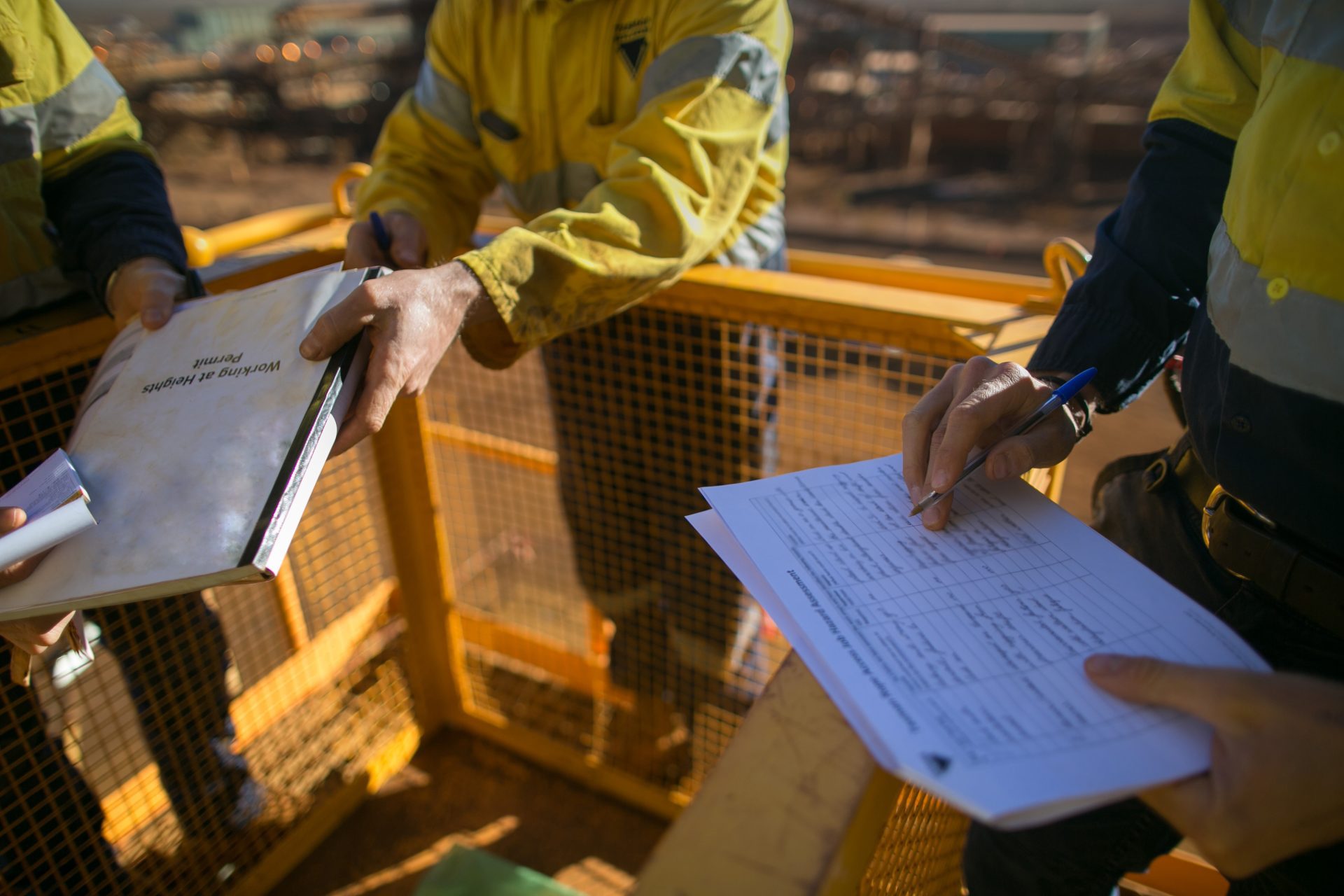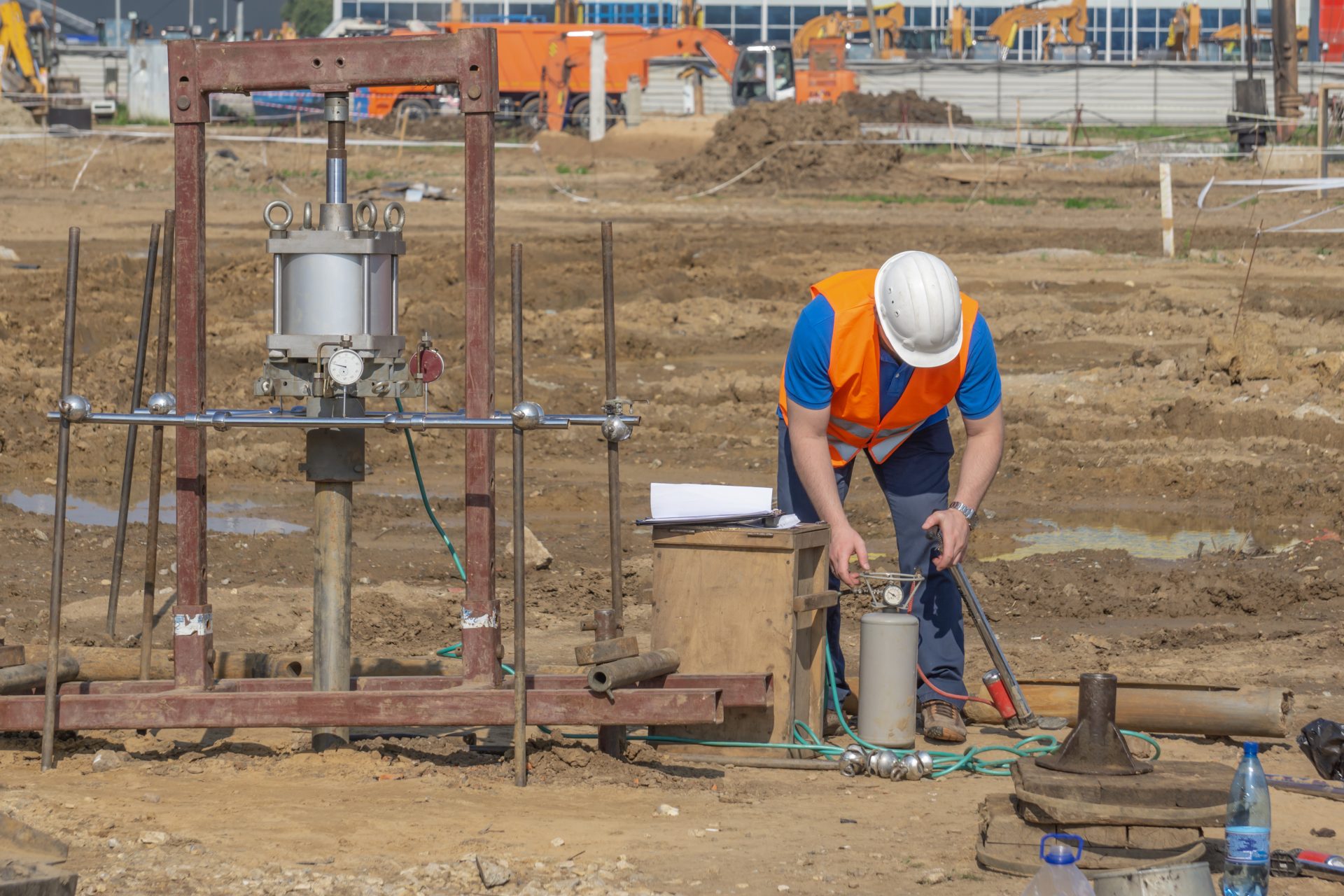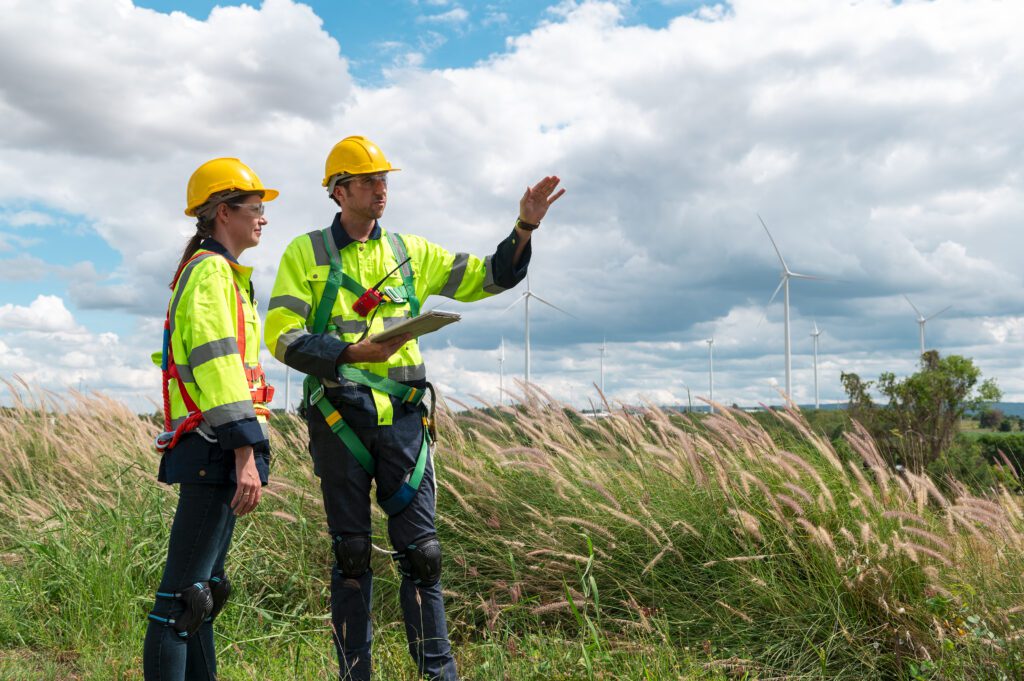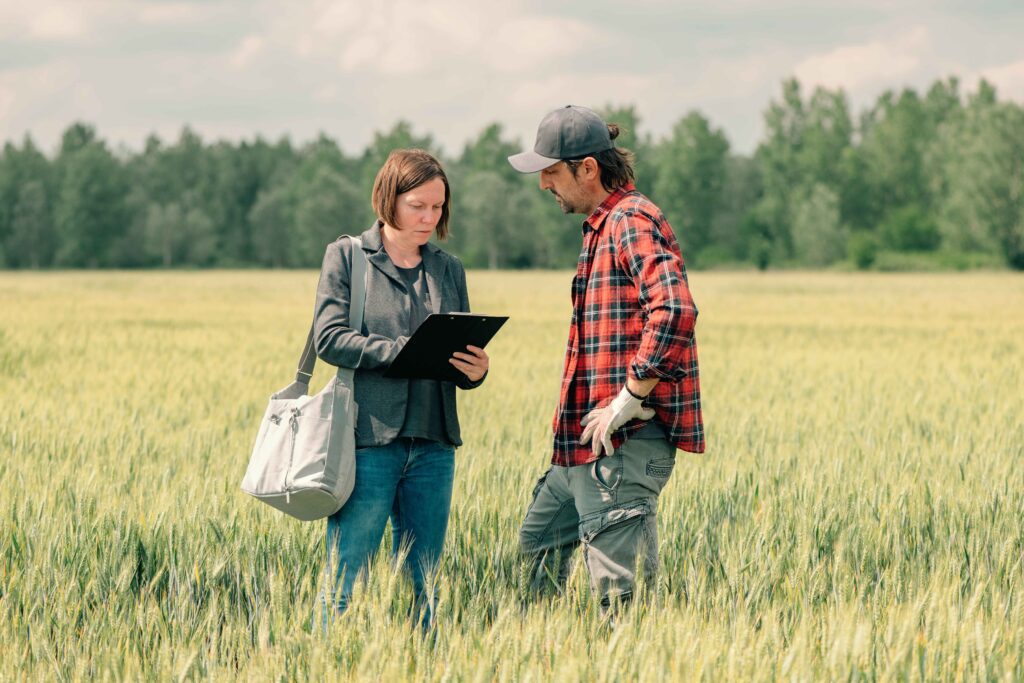The field of commercial real estate is vast and filled with intricate details. When considering a property acquisition or sale in Western Canadian regions, understanding the Environmental Site Assessment, especially Phase 1, is crucial. In this blog, we’ll break down everything you need to know about Phase 1 Environmental Site Assessment and its significance in the commercial real estate market.
What is Phase 1 Environmental Site Assessment?
A Phase 1 ESA is an initial study conducted to identify potential or existing environmental liabilities on a particular property. This assessment ensures that the land and buildings on it don’t have any environmental contamination that might affect its value or pose a risk to future occupants.
This assessment holds huge importance in regions like Alberta, and Western Canada. Canadian property groups often rely on the results of these assessments when considering the acquisition of commercial real estate in Edmonton, Calgary, Lethbridge, and other areas.
What does a Phase 1 Environmental Assessment include?

The Phase 1 ESA generally encompasses the following:
1. A review of historical records of the site.
2. Interviews with people knowledgeable about the property’s past.
3. A site visit by experts to visually inspect the property and its surroundings.
4. Preparing a report detailing the findings.
Trusted companies who provide services like Property Condition Assessments and Commercial/Industrial Appraisals, stress the need for a thorough Phase 1 ESA to understand a property’s environmental health.
How Much Does and ESA Phase 1 Cost?
The price of a Phase 1 Environmental Site Assessment can change based on property size, location, and study depth. In regions like Alberta, the involvement of ESAR Alberta can also influence the cost. For a detailed estimate tailored to specific needs, reaching out to Property DNA Group.
What is the Difference Between Phase 1 and Phase 2?

While Phase 1 is mainly about data collection and identifying potential concerns, Phase 2 delves deeper. If a Phase 1 ESA indicates potential pollution, we conduct a Phase 2 assessment. The purpose of the Phase 2 assessment is to determine the presence and extent of contamination.
Can You Do a Phase 2 Without a Phase 1?
Typically, a Phase 2 is conducted as a follow-up to Phase 1, especially when there are red flags. However, in specific scenarios, especially when prior knowledge of contamination exists, a property owner might opt for a Phase 2 directly.
How Long Does a Phase 1 Environmental Assessment Last?
A Phase 1 Environmental Assessment is generally valid for a year. After this period, especially in rapidly changing areas like Commercial Real Estate Alberta, a re-assessment might be needed. Get in touch with Property DNA Group for expert advice.
What Happens if a Buyer Doesn’t Get an ESA?
Bypassing an Environmental Site Assessment can be a risky move for anyone involved in commercial real estate. Without an ESA, buyers might unknowingly take on liabilities associated with contaminated properties. In the long run, this can lead to legal complications and unexpected remediation costs. Therefore, getting a commercial property appraisal from trusted entities like the Property DNA Group is always advisable.
In summary, doing a Phase 1 ESA is vital for people in commercial real estate. Whether you’re experienced or new in Commercial Real Estate, always have a clear environmental report.
For more information, or to schedule an appraisal in Lethbridge or southern Alberta, or any other service, contact our team. We are here to assist you in making informed decisions about your property investments.






